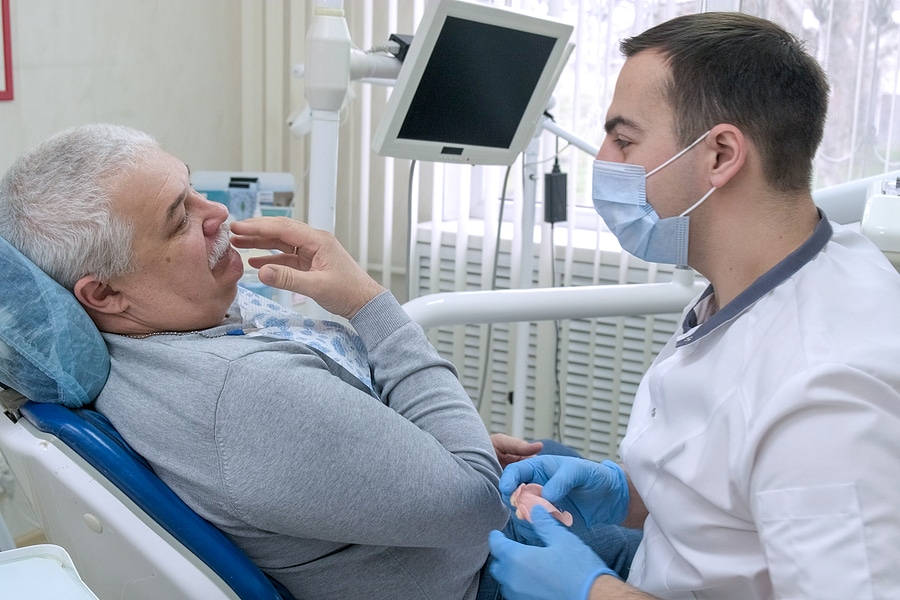Dental Inlays VS. Dental Onlays
In the realm of cosmetic dentistry, procedures like dental inlays and onlays play a crucial role in preserving and restoring damaged teeth. These terms might sound similar, but they serve distinct purposes based on the extent of tooth damage. Continue reading to learn more from the team at Martinez Dental Solutions.

What Are Dental Inlays?
Dental inlays are a type of restoration used to repair a cavity within the cusps of a tooth. They are typically employed when the damage or decay is not extensive enough to require a full dental crown. Inlays are custom-made in a dental lab using materials like porcelain, composite resin, or gold to fit the prepared cavity precisely. Once fabricated, the dentist bonds the inlay securely into place.
The process of getting a dental inlay involves the following:
- Removing the decayed or damaged portion of the tooth
- Taking impressions of the prepared cavity to ensure an accurate fit
- Placing a temporary filling while the permanent inlay is being fabricated
- Bonding the inlay into the cavity during a subsequent visit
What Are Dental Onlays?
Dental onlays, often called partial crowns, are used to restore teeth with more extensive damage that extends beyond the cusps. They are similar to inlays but cover one or more cusps or even the entire biting surface of a tooth. Onlays are beneficial when the tooth structure is compromised but do not require a full crown. This restoration is custom-made to fit precisely onto the tooth and is bonded securely to restore strength, function, and aesthetics.
Key Differences Between Inlays and Onlays
- Extent of Damage: Dental inlays are used for cavities or damage within the tooth’s cusps, while onlays are used for more extensive damage involving one or more cusps.
- Coverage: Inlays fit within the contours of the tooth, while onlays extend over one or more cusps to cover a larger area of damage.
- Tooth Preparation: Onlays require more extensive tooth preparation than inlays due to their larger coverage area.
- Treatment Considerations: The choice between an inlay or onlay depends on the severity and location of the tooth damage. Your dentist will assess the situation and recommend the most suitable option.
Which Is Right for You?
Whether you need a dental inlay or onlay depends on the specific condition of your tooth. Your dentist will evaluate the extent of damage, location of decay, and other factors to determine the best treatment plan. Both inlays and onlays offer durable and natural-looking restorations that can significantly enhance the function and appearance of your teeth. If you suspect you have a cavity or tooth damage, don’t hesitate to schedule a consultation with your dentist. Early intervention with inlays or onlays can prevent further deterioration and preserve your natural tooth structure.
Located in Jacksonville, Martinez Dental Solutions serves Middleburg, Fleming Island, Riverside, and beyond. You can trust Martinez Dental Solutions as your cosmetic dentistry expert! Request your appointment today.